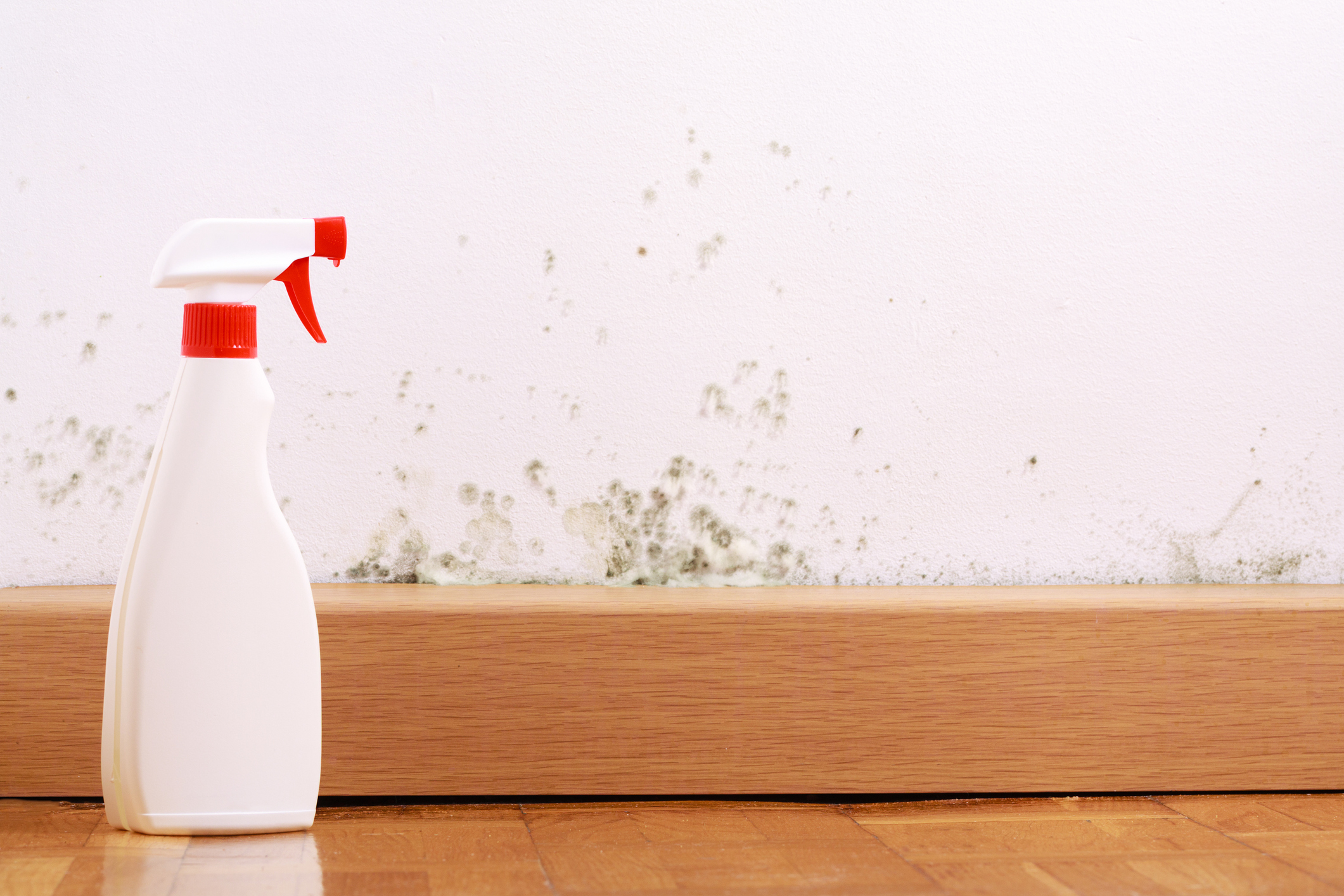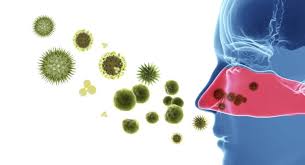Types of Mold To Look for After a House Flood

Floods can be a homeowner’s worst nightmare, but what’s often overlooked is the lurking danger of mold that follows in their wake. Mold is not just unsightly; it can pose serious health risks and damage to your home.
It’s important for Arizona homeowners to be on the lookout after a house flood, plumbing accident, or any other instance where extra water is present in your home.
In this blog, we’ll discuss various types of mold that can thrive in the aftermath of a house flood and why it’s crucial to address them quickly.

Why Is Mold so Harmful?
 While mold spores occur naturally in the air, when they attach to moist, porous surfaces, an overgrowth can occur, affecting indoor air quality and aggravating allergies and respiratory illness.
While mold spores occur naturally in the air, when they attach to moist, porous surfaces, an overgrowth can occur, affecting indoor air quality and aggravating allergies and respiratory illness.
Things like asthma attacks, lung issues, skin rashes, watery eyes, hay fever, and runny nose are all examples of adverse reactions to mold. And because mold can grow anywhere, it can easily spread.
Beyond health concerns, mold can wreak havoc on your home. It can weaken structural integrity, damage insulation, and leave a trail of unsightly stains and odors.
Types of Mold To Watch for in Arizona Homes
Arizona’s unique climate presents its own set of mold challenges. Here are some mold types commonly found in the state:
- Alternaria: Typically an outdoor mold, it thrives on plants, leaves, and bushes. When found indoors, it can worsen asthma and cause allergies and tends to appear on carpets, flat surfaces, and clothing.
- Penicillium: Recognizable by its blue-green appearance, Penicillium is sometimes found on food spoilage. Penicillium can worsen COPD symptoms, trigger allergic reactions, and cause watery eyes and severe coughing.
- Aspergillus: People with weakened immune systems are at risk from this mold, which can lead to lung infections and symptoms like coughing and wheezing.
- Stachybotrys Chartarum: Commonly known as black mold, it poses severe health risks and often grows as a result of water damage. Long-term exposure can result in headaches, memory loss, and more.
- Cladosporium: This mold often appears as a “pepper-like” black or green substance and tends to grow on the back of toilets, painted surfaces, and fiberglass air ducts.
Common Places Mold Grows
Despite the dry climate, mold problems are still common in Arizona homes due to heavy rains in the summer. Mold can grow anywhere moisture is present, including carpet, insulation, ceiling tiles, drywall, or wallboards.
After a flood or heavy rainfall, you should check these areas for signs of moisture or mold:
- Windows and skylights
- Basements
- Crawl spaces
- Ceilings
- Exterior walls
- Baseboards
- Underneath sinks

Call an Expert for Mold Inspection & Removal
If you’re worried about signs of mold after a house flood, you should have a professional inspect your home. While simple cleaning and dehumidifying help combat issues, mold can only be addressed through proper diagnosis, cleaning, and removal of the source.
Good Times Plumbing & Restoration specializes in water damage restoration and mold remediation in the Gilbert, Chandler, Scottsdale, and East Valley Phoenix areas. We offer emergency service and a satisfaction guarantee.
Call 602-805-1399 today to schedule professional mold remediation for your Arizona home.


